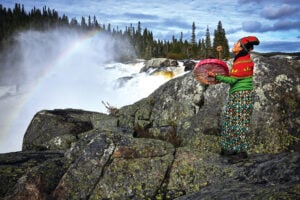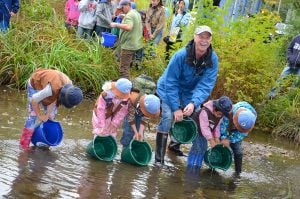Scientists were left puzzled last month after 11 giant sturgeons mysteriously died within days of each other.
The first sturgeon body was discovered in early September by the fast-flowing Nechako River located in British Columbia. Days later, 20 others were found floating in a 100 kilometre stretch of the river.
Before the deaths, sturgeons were listed as a federal species at risk. Over the last century, the number of sturgeons in the Nechako River has dropped from roughly 5,000 to 500. These ancient fish have been studied and monitored for the last three decades and all 26 remaining species of sturgeon are now at risk of extinction.
While there was no sign of trauma, chemical exposure, disease, or angling-induced death, one theory is that high water temperatures may have contributed.
The chance to retrieve a sturgeon before decomposition sets in is very narrow, so researchers are racing against the clock. To find out why sturgeons are dying so rapidly, a public appeal has been launched.
Recent deaths could be able to provide insight to prevent similar occurrences in the future. A second, much bleaker possibility is that the giant sturgeon is now at a point of no return.
Slim pickings








